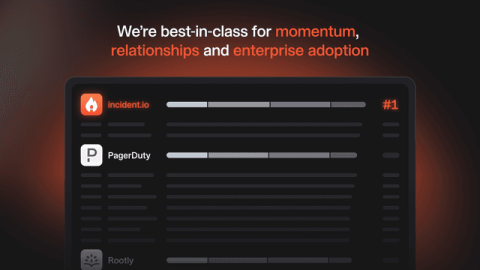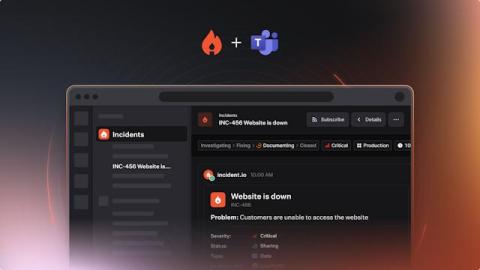Why I like discussing actions items in incident reviews
Are incident reviews about learning or tracking actions? This question has sparked recent debate in incident management circles, including in my recent panel at SEV0 and in Lorin Hochstein’s post. Should the goal of an incident review be learning, or should it focus on tracking actionable improvements? When is the right time to discuss actions, and are they picked up just to make us feel better? From my experience, learning from incidents and identifying actions are inseparable.











